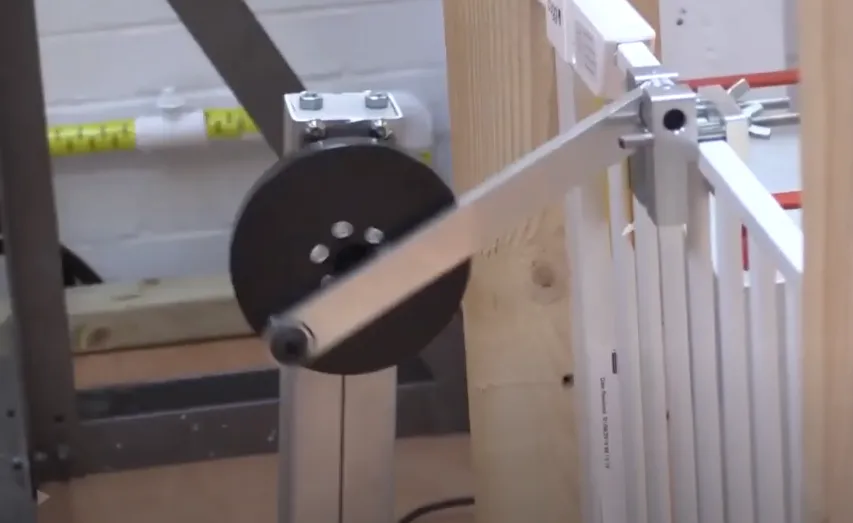ISO 8124-1 Safety of Toys and Children’s Furniture Mechanical and Physical Testing
The ISO 8124 series of standards is one of the most important sets of specifications for ensuring the safety of toys, including children's furniture. This service focuses on the first part of that standard: ISO 8124-1, which deals with the mechanical and physical aspects of toy safety.
ISO 8124-1 is a comprehensive set of tests designed to protect young users from potential hazards associated with toys and furniture. These hazards can include sharp edges, small parts that could be swallowed, inadequate strength in joints, and other issues that might cause injury or choking accidents. The standard aims to address these risks by specifying test methods for evaluating the safety characteristics of products intended for children under 14 years old.
The scope of this service covers a wide range of tests that are critical for ensuring compliance with international safety regulations. Some key areas include:
- Material testing to ensure no toxic substances or harmful chemicals are present
- Stress and strain analysis on structural components to assess their durability under normal use conditions
- Leverage tests to evaluate the likelihood of a child being able to access hazardous elements such as sharp corners or protruding nails
- Impact resistance checks for drawers, cabinets, and other storage units to prevent them from opening unexpectedly
The testing process typically involves careful preparation of the samples according to strict guidelines outlined in the standard. Once prepared, various pieces of specialized equipment are used to conduct the necessary assessments. For example:
- Impact testers simulate dropping a toy from heights typical for child use
- Mechanical strength testers apply forces to joints and seams to measure how much stress they can withstand before failing
- Sharpness analyzers examine surfaces for any potentially dangerous edges or points
The results of these tests are meticulously documented in reports that detail the findings from each assessment. These documents serve as crucial evidence demonstrating adherence to safety standards, which can be especially important when dealing with legal requirements or insurance claims related to product liability.
Understanding the specifics of ISO 8124-1 is essential for manufacturers who want to produce safe and reliable products that meet global quality benchmarks. By incorporating this service into their production pipeline early on, companies can identify potential issues before they become costly problems further down the line.
Applied Standards
| Standard | Description |
|---|---|
| ISO 8124-1:2019 | Mechanical and physical properties of toys intended for use by children under the age of 36 months, including furniture designed to be used by such children. |
Benefits
Implementing ISO 8124-1 safety testing offers numerous advantages that contribute significantly to product quality and brand reputation:
- Enhanced Consumer Confidence: Demonstrating compliance with globally recognized standards builds trust among consumers, especially parents.
- Avoidance of Legal Issues: By ensuring products meet rigorous safety criteria, manufacturers reduce the risk of recalls and lawsuits.
- Market Access: Many countries require conformity to these standards for importation, making it easier to sell internationally.
Competitive Advantage and Market Impact
Adopting ISO 8124-1 testing can provide significant competitive advantages:
- Differentiation in a Crowded Market: Offering safer products positions companies favorably against competitors who may not prioritize safety.
- Increased Sales Potential: Safe, high-quality products are more likely to attract customer loyalty and repeat purchases.





